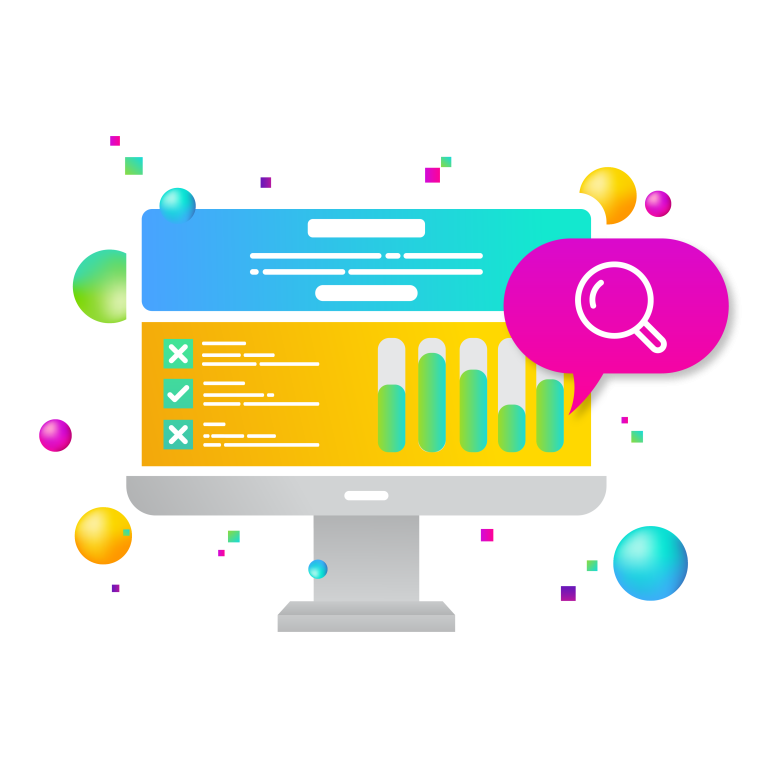Successful focus groups for businesses can provide valuable insights for companies. They are a great way to get feedback from consumers about a product or service and can help to improve marketing strategies and products. In order to get the most out of focus groups, it is important to prepare and execute them properly.

What is a focus group?
A focus group is a group of individuals, usually drawn from your target market, with whom you can exchange ideas and solicit feedback about your goods, services, or brand. Current customers and those who have never bought anything but might in the future should both be represented in the focus group. The ideal outcome is a better understanding of how a larger audience will receive the focus group topic and what adjustments (if any) should be made prior to the official launch.
If the members in your focus groups reflect your target market, you can gain invaluable insight into your company.
The information you gather from them supports the development of successful tactics by:
- Obtaining a more precise client need evaluation.
- Interpreting data and facts from comprehensive surveys to reveal their meaning.
You can then use this knowledge to inform your marketing and branding decisions and change the features of your product, service, or brand to better address the needs of your target market.
How to run a focus group
Choose discussion topic.
Your conversation should be condensed to one or a few topics before going into a focus group. It’s important to remember that you won’t be able to cover all the topics you want in-depth in a single focus group meeting.
Because of this, businesses typically conduct many rounds of focus groups on various subjects. If you’re launching a new product, for instance, you may have two focus groups: one on the marketing and brand positioning of the product and the other on its use and functionality.
Choose questions and prompts.
Create a list of questions and discussion starters to help you collect the data you need after deciding the topic of your focus group.
Let’s go back to the product launch illustration from before. If you’re in charge of the product marketing focus groups, you might pose the following questions:
- How do you feel about the packaging’s design?
- How much would you be willing to spend on something like this?
- What other businesses come to mind when you see a product like this?
In the meantime, for a focus group about the actual product, you’ll want to inquire about its usability, perceived favorability, and usefulness.
Have a notetaker.
At least one member of your team should lead the focus group discussion, and another member should serve as the official notetaker.
Why? The facilitator is responsible for leading the discussion and encouraging fresh thinking from the attendees. If the facilitator additionally needs to stop the conversation to jot down participants’ large, audacious thoughts and emotions, this work could easily go off the rails.
Before entering the focus group, designate a notetaker whose sole responsibility it will be to record the group’s overall consensus, any particularly interesting or noteworthy individual comments, and the most important business lessons.
Recruit participants.
Getting individuals to actually show up for a focus group is one of the most difficult aspects of hosting one. You should start informing participants once you’ve decided on a time and location.
Here are several methods for finding participants:
- Reach out to existing customers.
- Advertise it on social media.
- Use location-based promotion.
- Offer incentives.
Get participant consent and start the discussion.
Give out a consent document and remind participants of the focus group’s goal before the conversation begins. The permission document should restate the event’s goal, specify participants’ rights, specify payment, provide contact information for the facilitators, and ask attendees to sign.
Once everyone has signed off, you are good to go.
Have everyone introduce themselves.
Start the conversation off by introducing yourself and asking the other participants to do the same to break the ice and get people chatting.
You have the opportunity to discover more about your target market at this time. Consider asking participants to share their industry or interests in addition to their names to gain a more in-depth insight into how your company’s product, service, or endeavor might affect their day-to-day life.
Ask questions.
Keep in mind that this is not an interview. Prepare a list of five to ten questions before the focus group starts.
Having said that, it can be simple to become stuck on your list of questions or topics for discussion, but doing so too rigidly can prevent talks from flowing naturally. Don’t be hesitant to let the talk go from the intended topic if it seems beneficial.
Allow the conversation to flow naturally and use the agenda as a guide rather than a point-by-point checklist of subjects to cover, as long as it doesn’t stray too far from the main subject.
Additionally, depending on how the conversation is going, you might not ask every query on your list. Instead of conducting a pure question-and-answer forum, be sure to ask the most crucial questions first and follow up on specific discussion points to keep things moving.
Seek equal representation.
You need to be sure you hear from everyone involved in your session because it involves a large number of people. Although it might seem obvious, a focus group can easily devolve into an interview with one or two talkative participants.
If you encounter this issue, be prepared to speak up when someone has been too quiet for too long. You can do this by praising the most active participants for their contributions and then reopening the floor to the other participants. “Bella, what’s your input here?” or anything similar is a good phrase to use. Alternatively, the rest could respond by asking, “Zack, what do you think about what Bella said?”
Analyze feedback.
Your focus group should have given you a lot of comments, interesting perspectives, and useful suggestions for your brand. Have your team analyze the themes that emerged from all of your focus groups to determine what, if any, adjustments could be made to the aforementioned product, service, or company.
New Target Branding Services
By creating brands that stand out, we help businesses grow. We want to push your brand to new heights with every engagement, capturing its essence and creatively narrating your tale, and developing a persona that appeals to your audience.
We use focus groups to hear from the people that matter most to your brand. With the insights we discover, we help you refine your brand voice to best reflect your brand promise. Contact us today.



